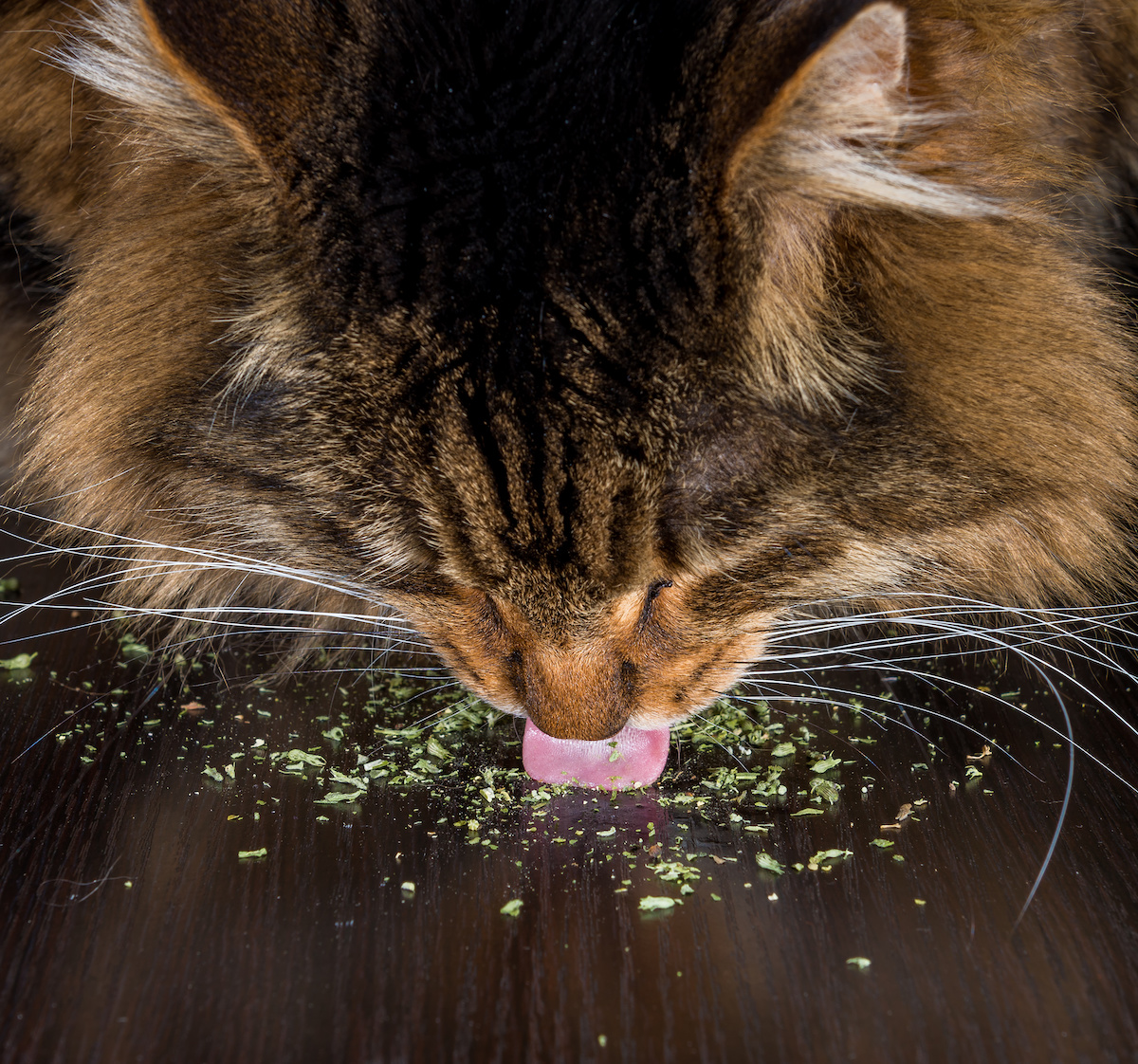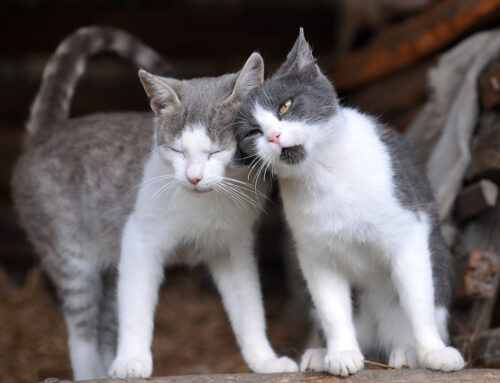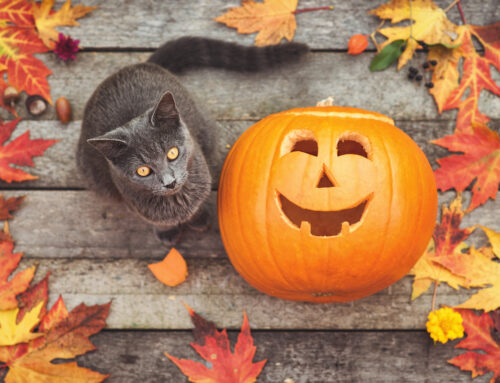Over the years, Catnip has sparked many funny characters and jokes about cats going crazy for it. It is a plant that has been long associated with cats. Whether a mountain lion or a small domestic kitten, cats can not seem to get enough catnip. Many cats have a sensitivity to this herb and it can cause some interesting behaviors. Regardless of its comical qualities, catnip is also known for some of its benefits to the health of cats. Your cat may roll in it, lick it, rub it all over their face, and lay there enjoying it. Exploring what catnip is and how your cat responds to it can be helpful. In this article, we will take a closer look at catnip and its uses.
What Is Catnip?
Simply put, genetic makeup is what figures out whether your cat falls for catnip. Catnip is a cousin to basil and oregano. However, no other herb in your pantry can make your cat as excited. About one in two cats acquire a sensitivity to the herb. But you won’t know if your kitten is one of them till at some point in between ages 3 and 6 months. Catnip’s appeal remains in its unpredictable oil, specifically one chemical in that oil– nepetalactone. Discovered in catnip’s leaves, stems, and seeds, it just takes one or two sniffs of that marvelous oil before the cats are licking, chewing, and rolling head-over-tail in cat happiness.
How Long Does it Last?
No need to worry – while this may seem like a lot for your cat, it is not as long as humans tend to assume. This intense burst of happiness is usually brief, lasting about 10 minutes for a lot of cats. For some, the ecstasy translates into aggressive playfulness. At the same time, it makes others mellow and calm. No matter what reaction your cat has, once the satisfaction passes it’ll be about 2 hours before your cat reacts to catnip again.
Using Catnip For Training
Due to the fact that cats do respond to catnip, again and again, the herb can be a powerful training help. Do you wish to keep your cat from clawing furniture? Rub a scratching post with catnip to make it more appealing. Bought a new cat bed? Spray a little of the herb on the cat’s cushion to make it more appealing to your feline pal.
You can likewise provide enrichment for an indoor kitty by creating catnip toys. Sprinkle a little the herb into an old sock, then knot the top. Or put a huge pinch of catnip in a little paper bag and squash the bag into a tight ball.
The intensity of your cat’s reaction to toys and training will be affected by the kind of catnip you use. While a lot of cats take pleasure in the herb dried or fresh, they’re normally less intrigued by catnip sprays. In spray form, they normally don’t contain enough nepetalactone to interest many cats.
Growing Your Own Catnip
Catnip, which is non-addictive and safe to eat– is simple to grow in a sunny window. You can even go so far as to create your own “kitty garden” with one pot of catnip and one of wheat, oat, rye, or barley lawn. Not only will cat delight in both, but having their own houseplants may keep kitty out of yours. If you plant catnip directly in the garden, bear in mind that, like a lot of mints, it’s an energetic, sometimes intrusive, grower.
Tip: Catnip’s potency does not last forever; the essential oils rapidly dissipate. So if you buy dried catnip for your feline buddy, store what you do not utilize in the freezer.
Talk to Your Vet
Whenever you are in doubt about whether or not something is a good idea for your pet, talk to your veterinarian. At Animal Care Center, we care about your pets and are here to do whatever we can to help them live long healthy, and happy lives. Your vet can help you find ways to incorporate catnip into your cat’s routine and how you can use it for training purposes.
For more information call 770-438-2694 or contact us today.






